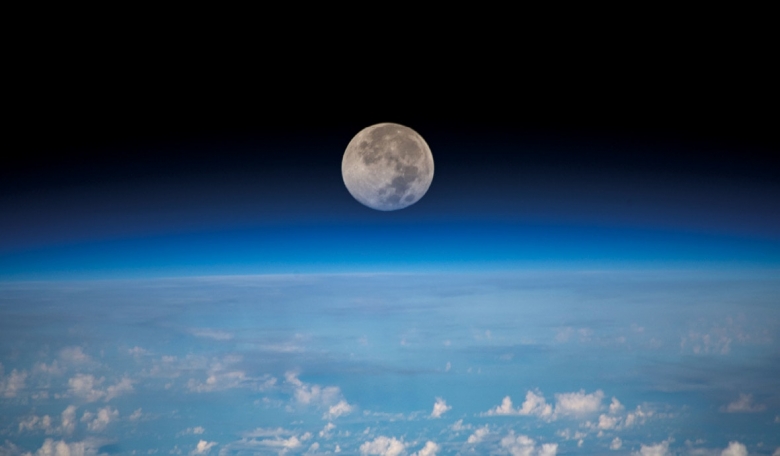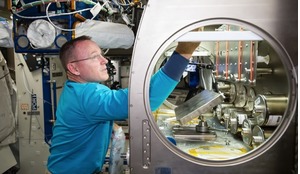Extraterrestrial resources have long held a romantic fascination with space enthusiasts, who dream of a future when humanity is spread across the many worlds of our solar system, and when the vast resources of our solar system enable a ‘post-scarcity’ society. The Moon and various near-earth asteroids are rich in materials uncommon on Earth, such as helium-3, iridium, gold, platinum, and other precious metals. Extracting, processing, and refining these raw materials off-world moves an ecological burden off our planet, while water and other carbon-containing volatiles harbour the raw materials needed to support human life in otherwise hostile environments.
For a couple of engineers, the Lunar and Planetary Science Conference in 2019 opened a window to a world, not too far away, where robots and astronauts alike routinely scoop jagged rock into flying canisters before making way for a mini-launch, sending home the precious samples 130 grams at a time.
A new wave of lunar exploration is just getting underway in this scenario. Researchers figuring out how to make habitats out of lunar regolith, the abrasive dust and sharp rocks of the surface, still work back on Earth. They’re eager for samples from a range of collection sites - almost as eager as planetary scientists, who think the Moon, preserved without weather to erode it, could reveal discoveries about the history of the solar system.
While pursuing this vision, we drew a conclusion that could be pivotal for our small company. We believe there could be a sustainable multi-flight market for lunar sample return in the near-term immediate future. And could this be the very first step in bringing back wealth from other worlds?
Before an era can begin in which prosperity arises through in-situ resource utilisation - mining and production all taking place on or around the Moon - advances in scientific understanding of the Moon’s materials and environments must progress. We still need to learn what resources are available, where they are and how to use them responsibly.














